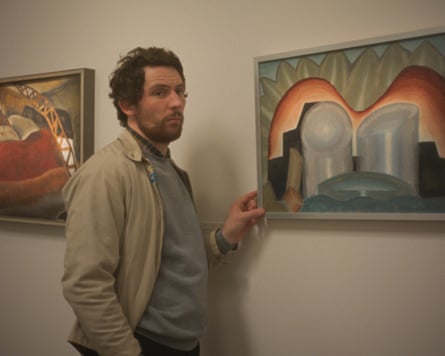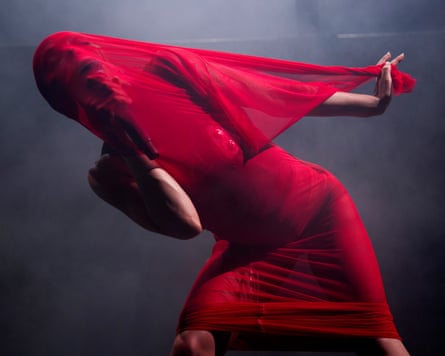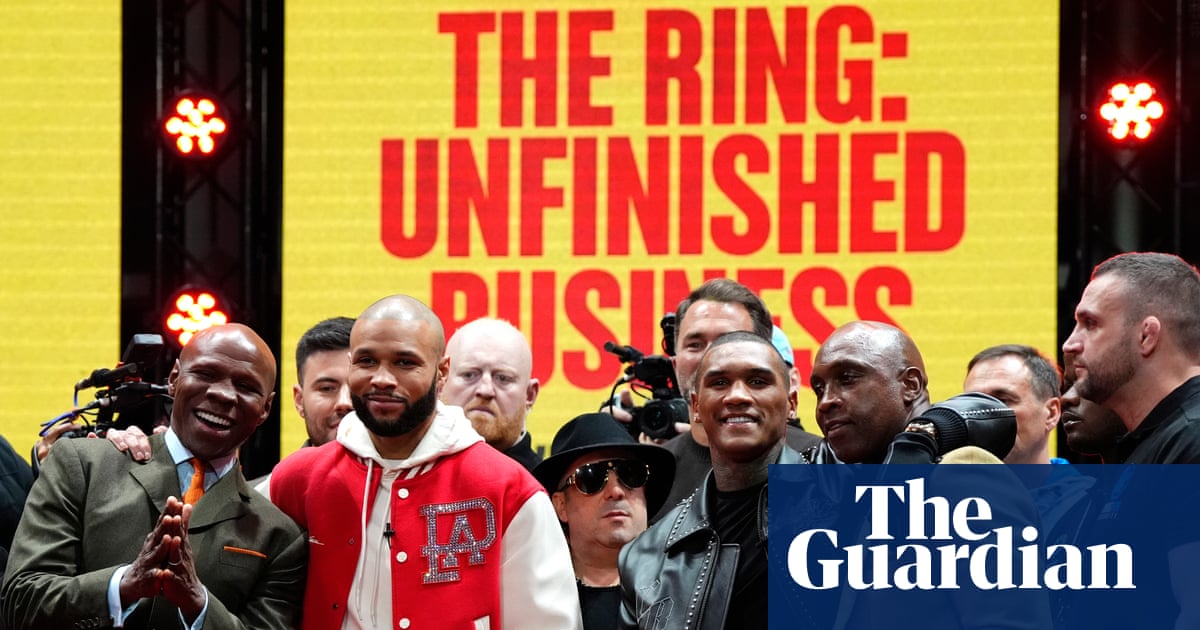It was like something out of a movie. On the morning of 19 October, news broke of a heist at the Louvre in Paris: four thieves, disguised as construction workers, had made off with eight “priceless” pieces of French crown jewels from the 19th century. They also took a crown that once belonged to Empress Eugénie, wife of Napoleon III, but for some reason dropped it outside the museum. The haul has since been valued by a prosecutor at around €88m.
The details of the case are astonishing, from the robbery itself – the thieves arrived in broad daylight, using a truck with a mechanical ladder to access the targeted gallery’s window, which they cut through with power tools – to subsequent revelations about the museum’s security measures. Reportedly, the password for its CCTV servers was “Louvre”, the source of much mirth since.
Of course, it’s not really a funny situation. The jewels remain unrecovered, and may have already been broken up for sale (at a fraction of their original value): irreplaceable pieces of cultural heritage possibly lost for ever. Nevertheless, as a genre of story, the museum heist retains an undeniable appeal. It’s audacious, glamorous, sexy and, as far as crimes go, mostly unbloody.

No wonder the theft of art or jewels from under the noses of security guards is a popular plotline on-screen – more popular than going to museums and looking at the art itself, perhaps. It is usually played for laughs, as a sub-category of the comedy crime caper. Exemplary in this regard is the 1966 film How to Steal a Million, starring Audrey Hepburn and Peter O’Toole as architects of the heist. The classically convoluted narrative involves a plan to steal back a forged sculpture attributed to the Italian artist Benvenuto Cellini, which has been loaned for an exhibition at the fictional Musée Kléber-Lafayette in Paris, before insurers can work out that it is a fake.
Moral qualms about the crime are side-stepped by various means, including the sculpture’s status as a forgery – and the charisma of its conniving yet ultimately sympathetic stars. This is, at heart, a romantic comedy. It is also gorgeous to look at. Hepburn’s outfits are supplied by Givenchy, her jewels by Cartier. For the many artworks that appear on-screen, production designer Alexandre Trauner apparently paid the best forgers in Paris a total of $100,000 to create “masterpieces” inspired by real artists.
Other cinematic museum heists range from silly to sillier. In Topkapi (1964), an international gang rope in a small-time conman, played by Peter Ustinov, as their fall guy in the theft of an emerald-encrusted Ottoman dagger from Topkapı Palace in Istanbul. In The Hot Rock (1972), Robert Redford has to repeatedly steal the same gem – a diamond in the Brooklyn Museum called the Sahara Stone – because things keep going wrong.
In the 2007 reboot of St Trinian’s, schoolgirls target Vermeer’s Girl with a Pearl Earring from the National Gallery in London to help settle their school’s debts. The film is vague about how they plan to profit from the sale of one of the world’s most recognisable paintings, which would in reality – like most stolen art – be impossible to sell or leverage. But who cares, it’s just a movie! (I’ve left out small-screen museum heists here, but they are a mainstay of lighthearted police procedurals; my favourite is White Collar, with Matt Bomer as a con artist recruited by the FBI to crack the cases.)

It’s interesting, then, to see a very different approach to the genre in a recent release: The Mastermind (2025), featuring Josh O’Connor as, to quote the headline of Peter Bradshaw’s review in the Guardian, the “world’s worst art thief”, who plans the burglary of four paintings by the American artist Arthur Dove from a fictional museum in 1970s Massachusetts. The film is written and directed by Kelly Reichardt, who is associated with the art-house genre of slow cinema – long takes, deliberate pace, minimal plot, certainly no high-octane thrills.
Adopting this style for a heist movie is a strange choice, which may dissatisfy some, but which I appreciated for its commitment to realism. Besides, we still get some good laughs. In one lengthy scene, shot in near-total darkness, we watch O’Connor’s character struggle to transport the paintings up a ladder, to be hidden under some hay in a farmyard barn. There’s a pig grunting in the background. Then the thief falls to the ground, his trousers covered in mud and shit. It’s a great moment of bathos that punctures the idea of crime as in any way glamorous.
after newsletter promotion
If you want to read the complete version of this newsletter please subscribe to receive The Guide in your inbox every Friday



 1 hour ago
4
1 hour ago
4

















































